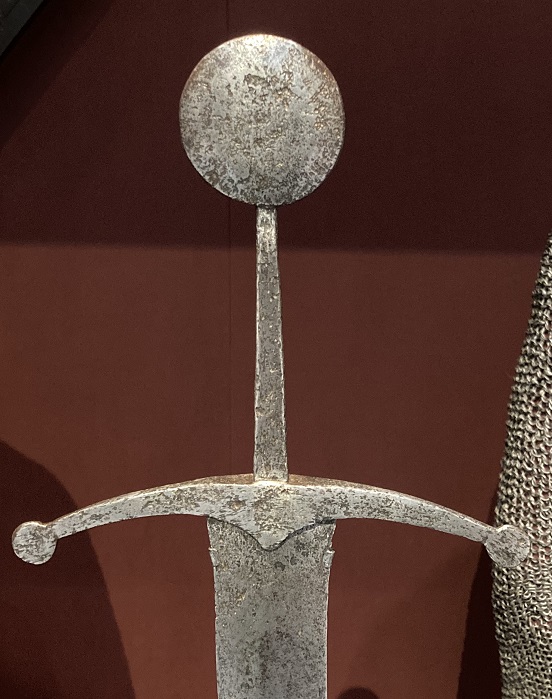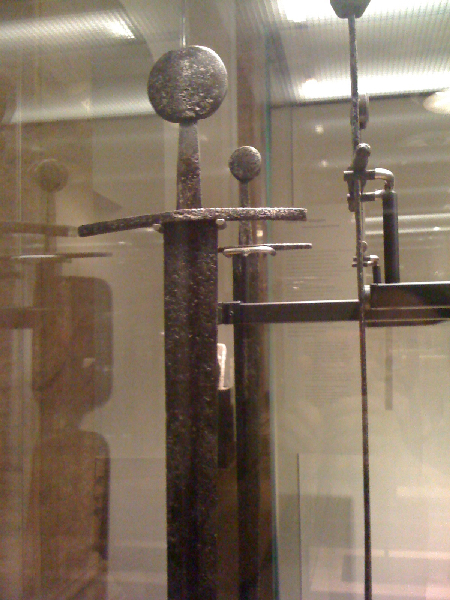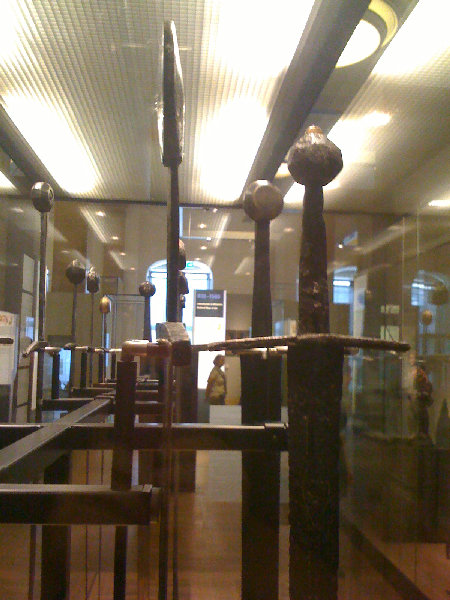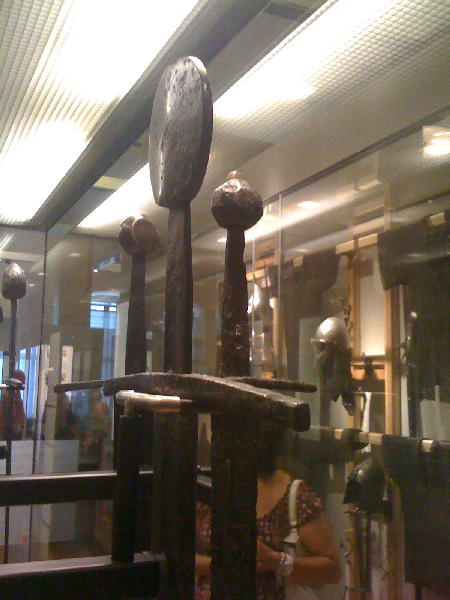Posts: 170 Location: Michigan
Wed 23 Feb, 2022 5:02 pm
My mistake, Chad. A quick search of the references I ‘remembered’ indicate “many were hollow” and were “more common than we think”, but not necessarily common. I did intend my comment to be specific to the disc pommels, and not pommels in general.
Edit: I found a video from 2017 where Matt Easton says that the “larger globe and disc pommels were often hollow”. I can imagine my brain hyper- focused on that. He offers a wide variety of examples.
While heading down that rabbit hole, I found an excellent article describing how early medieval hollow pommels were made using the lost wax technique. I wonder how easy this method is versus forge welding two halves.
https://www.journals.uchicago.edu/doi/full/10.1086/668456








